According to a Chinese Media report, the Great Wall, a symbol of pride of the Chinese, may only have 2,500 kilometers (or 5,000 li ) left , far less than 10,000 li. This is due to human negligence and weathering.
An article in in Jing Bao stated that the Ming Dynasty’s historical records show the Great Wall was originally about 6,300 kilometers, which is the origin of its name—“The 10,000 Li Long Great Wall.”
Dong Yaohui, the deputy president of China’s Great Wall Society, said during an event held on the Great Wall, “This name might lose its significance in the near future.”
He said an investigation showed that the Ming Dynasty’s wall only had 20 percent remaining in good condition, less than 30 percent can be identified as being an obvious historically authentic relic. These two parts together only account for less than 2,500 kilometers.
In some remote areas in extreme environment and little or no residents, the Great Wall is actually almost gone.
Xin Jing Bao reported that the main cause of the damage is from nature.
However, the damage man has caused has been getting more serious recently. This is due to the ineffective governmental management and negligence of the Great Wall’s preservation. The damage done by man includes dismantling, new construction, effects of tourism and reconstruction.
Dismantling started in the 1950s. Since then it has been under local government control. Damage from new construction and tourism have happened recently. Among these factors, damage from new construction has gotten even more serious now.
Reconstruction originally had good intentions.
For instance, in Fugu County in the Sha'anxi Province, a local peasant raised funding to reconstruct a segment of the Ming Dynasty’s Wall. However, part of the Wall was rebuilt using old bricks, and others with red bricks, causing a strong contrast between them and the yellow soil bricks in the foundation.
One expert said this kind of simple, coarse rehabilitation is actually damaging to the Great Wall.
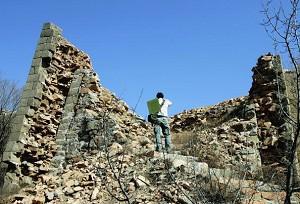
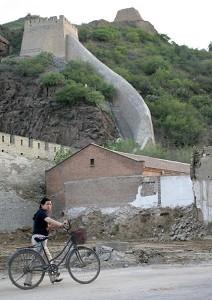
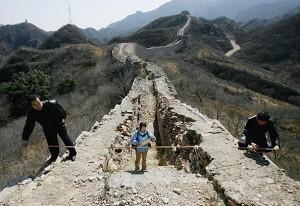


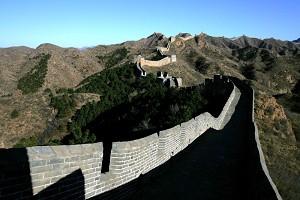
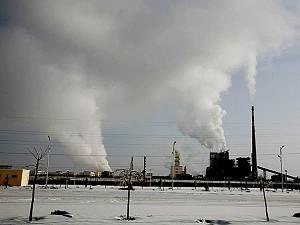
Friends Read Free